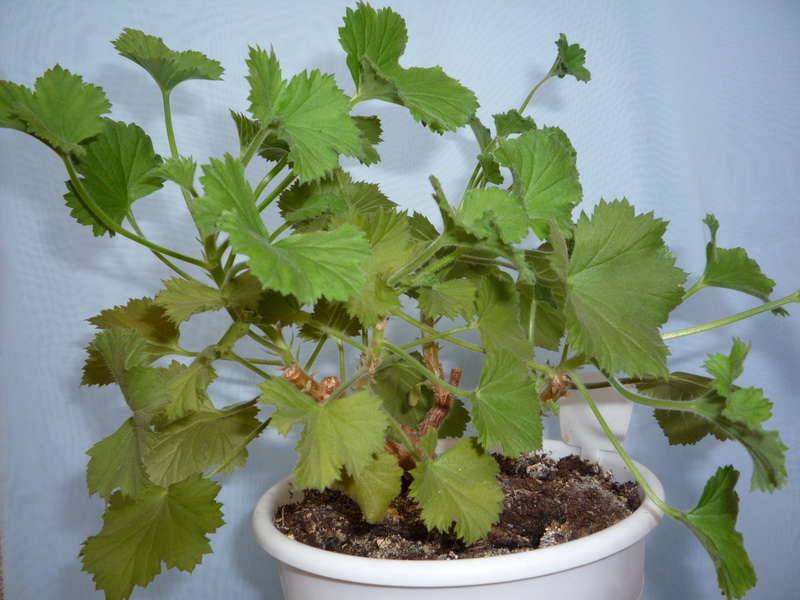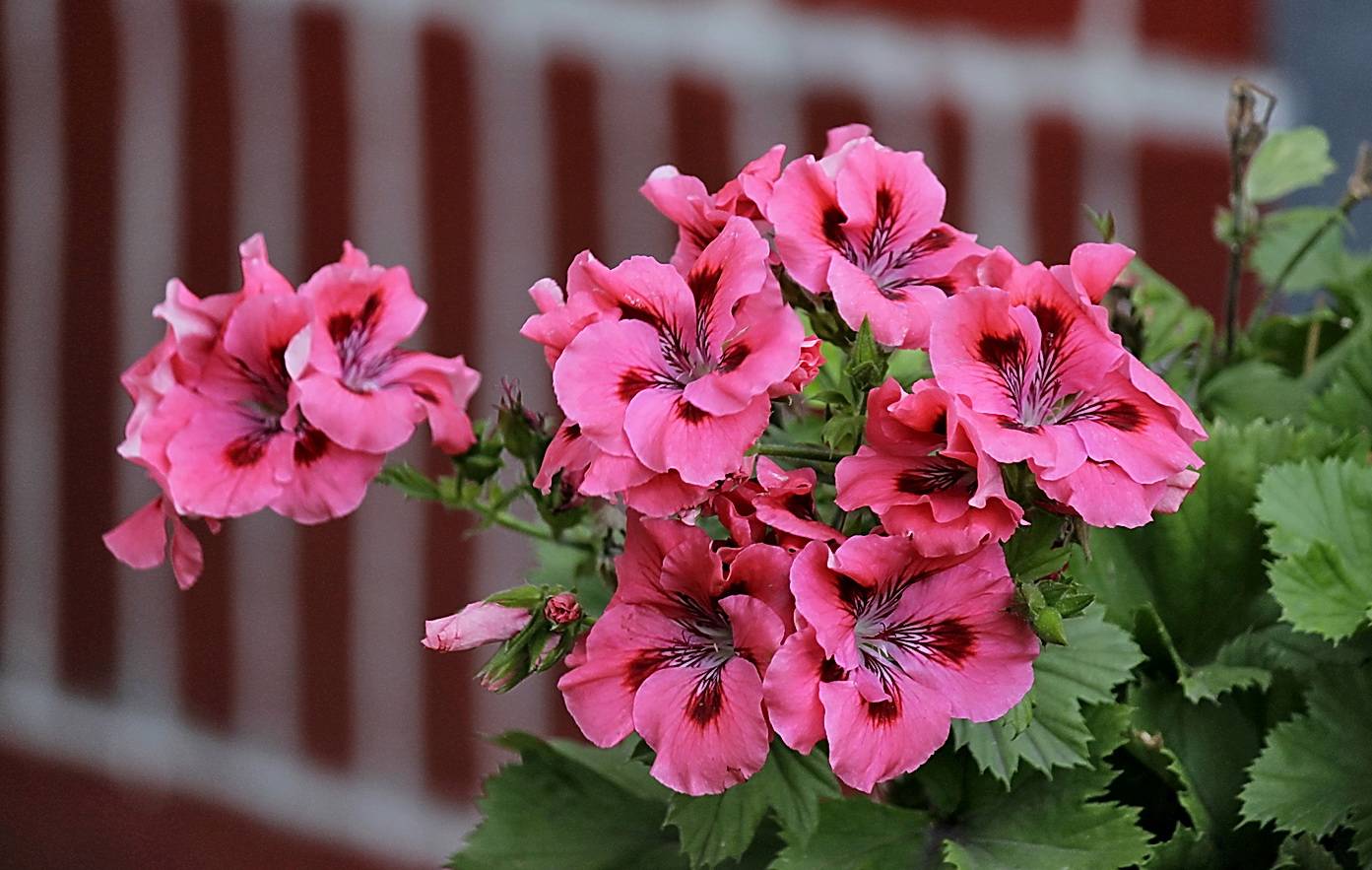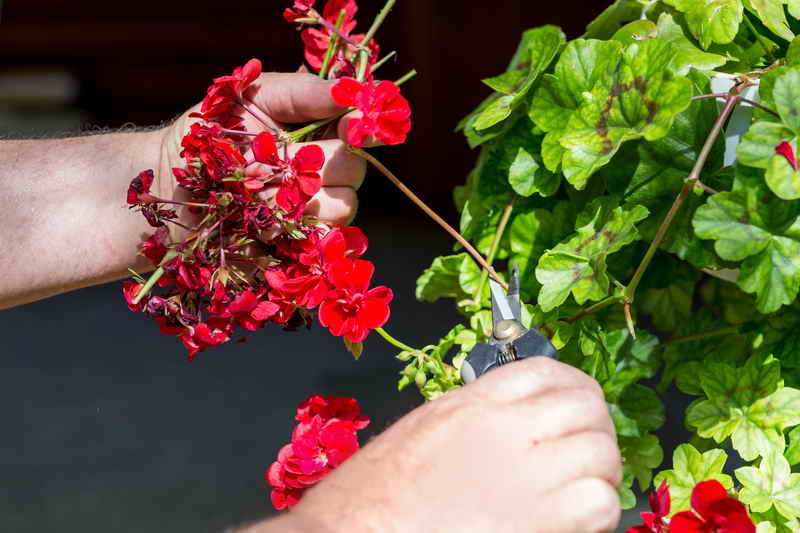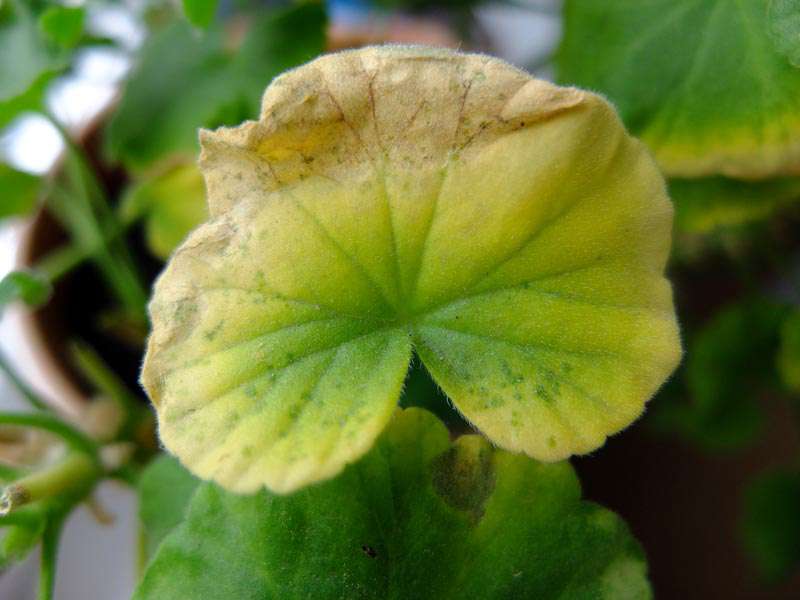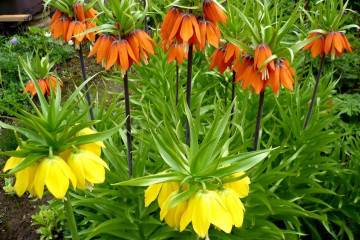Geranium - Pruning for lush bloom to bloom and be fluffy
Content:
Flowers come in all shapes and sizes. Pruning is one of the needs that most flowering plants have. It allows them to reach their potential and most effectively maintain their appearance. Geraniums (Pelargonium) can grow tall with long stems if they are not pruned regularly. This stimulates the plant to grow and bloom longer, bringing out the best in these vibrant and cheerful garden colors. Pruning for the lush flowering of pelargonium is a very important procedure that has a number of significant positive effects on the flower itself.
Pruning geraniums for lush flowering
One of the joys of planning spring and summer landscaping and home furnishings is choosing different types of flowering plants that add vibrant color spots to flower beds and borders, or produce a palette of colors. Plants called geraniums (Pelargonium sp.) Are one of the best options for this layout. Knowing when and how to prune geraniums so that it blooms and is fluffy is very important for the gardener, because the result depends on the correct organization of the process.
One of the most important aspects of caring for pelargonium is the proper pinching to grow a beautiful flower. There are various methods used by experienced gardeners. One of the simpler ones, recommended especially for the novice gardener, is to pinch the geranium. To do this, it is enough to pinch off the shoots, stems and dying flowers. By eliminating them, pelargonium can focus its energy and strength on the production of healthy shoots and new flowers.
When to prune geraniums
There are several periods for pinching geraniums. Which is better for the gardener to decide.
Young pelargoniums usually have one or two main stems with several lateral shoots and flower buds. The correct pinching of these young plants in the spring encourages them to become bushy, which promotes more abundant flowering. A week or two after planting, when the bushes are formed, you should think about how to properly prune the geranium. The main stems should first be trimmed by about one third to stimulate new shoot formation.
How to pinch geraniums? As the flower grows, new branch tips should be removed to encourage bushiness, avoiding areas with flower buds to maintain flowering ability.
Features of pinching in spring (May), when pelargonium is just awakening from winter sleep:
- you need to remove dried foliage up to about 7 cm, carefully cutting off new green shoots around, which begin to push up through the soil;
- Pelargonium is prone to creeping and spreads its roots throughout the site, like a low flowering shrub, making it an excellent groundcover;
- as the pelargonium grows, you can trim its edges away from footpaths or areas with heavy traffic;
- it should be prevented from intruding on areas with other plants.
Over time, Pelargonium develops complex flower heads made up of many small flowers that open in succession.When the last of them fade, you should remove the stem of the flower at its base. This process stimulates the formation of new flower buds. If the plants start to look long, some lateral stems should be trimmed later in the summer to stimulate new branching and prevent the geranium from growing tall.
How to pinch geraniums so that it grows thicker in summer? You should continue pinching in those places where you need to limit it: paths, territories of other plants.
Pruning in the fall is not necessary. The gardener must decide for himself whether it should be done or not.
Why do you need pruning
For every gardener, pinching plants, including flowering plants, is a standard procedure. It aims to remove old stems and shorten the shoots that can be pulled out.
If the procedure is carried out efficiently, then the plant forms lush young flower stalks and takes on an incredibly beautiful shape.
The sampling procedure has the following meaning for the plant:
- stimulation of growth and abundant flowering;
- the flower takes on an even and miniature shape;
- the metabolic process is accelerated;
- better health in winter;
- improvement of aeration processes;
- disease prevention.
Step-by-step instructions for forming a lush crown
The algorithm of actions when plucking geraniums is as follows.
Step 1. You should inspect the plant from all sides to determine its problem areas. Look for areas where there are not many leaves. You need to understand where and how to pinch the geranium, and what exactly needs to be pruned to give it a healthier and more attractive look. Pruning actually stimulates new growth in stems and flowers.
If most of the plant has died off, radical methods of removing the unnecessary need to be used. However, it may take several weeks before new leaves and flowers appear.
Step 2. Prune dried flowers. This is an important stimulus to awaken the plant to release new buds. Removing the excess allows pelargonium to channel energy and forces towards the emergence of new flowers. This procedure also frees the visibility of the plant stem itself.
How to remove excess:
- Pick up the stem of the flower with your thumb and forefinger.
- Squeeze the stem.
- Cut it off with scissors.
Step 3. Remove dry foliage. The next step is to get rid of the dying leaves and stems. Pruning them will prevent the flower from wasting energy supporting them. This is an important condition that must be fulfilled in the spring to stimulate good growth during the growing season. But pruning dry foliage is also encouraged throughout the growing period.
Step 4. Trim healthy flower branches. In spring, pruning healthy flower shoots encourages the plant to produce more flowers. You need to find where the twig is connected to the main stem, and then pinch it off at the base. This activates the dormant buds, new growth can be seen in no time.
Step 5. Prune long shoots. These include those that have grown tall and without leaves (or with several leaves). Pruning them almost to the base of the plant will allow it to grow from below, creating a fluffier look. You need to trim at the base 0.6 cm higher above the lowest node.
Step 6. At the end of the growing season, cut off 1/3 of the plant in such a way as to prepare it for winter dormancy.
Care after pruning
Pruning is a kind of stress on the plant. Therefore, you should help him to move the procedure more painlessly.
The main recommendations in this regard:
- you should figure out in advance how to use boric acid for geraniums. This is an excellent fertilizer for feeding a flower during the period of adaptation to new conditions. Nitrogen, phosphorus and potassium can be used among other fertilizing. You can dilute yeast in warm water and feed;
- you need to provide a comfortable temperature of 12 ° C;
- since the flower is very fond of the sun, you can expose it to the south side;
- the absence of drafts is important;
- you will need to provide moderate watering. What is better to water geraniums is with ordinary settled water;
- do not spray.
How to use boric acid for geraniums? To do this, dilute 1 g of powder in 1 liter of water at room temperature and water.
Boronic acid is very effective:
- improvement of metabolic processes;
- an increase in green mass;
- flowering stimulation;
- increased immunity.
Common mistakes in the trimming process
Novice gardeners often have mistakes in the process of pruning pelargonium. Avoiding them will help improve the growth of the geranium so that it can bloom more abundantly.
- Violation of the timing of trimming. It is undesirable to carry out the procedure for pinching geraniums in winter, otherwise it will not be able to bloom.
- Why the upper part of the stem just dries up and the appearance is lost. Answer: The clipping is done high above the leaf node.
- Pruning a large number of shoots. This is a heavy stress on the plant. It takes a long time and cannot go away.
- Very frequent pruning. Because of this, flower buds are inhibited in formation.
As with most flowering plants, pruning geraniums helps ensure that they produce large, healthy flowers throughout the season. Pruning will prevent long, bare stems without leaves. Regular care and attention will provide gardeners with gorgeous blooming geraniums all summer long.
